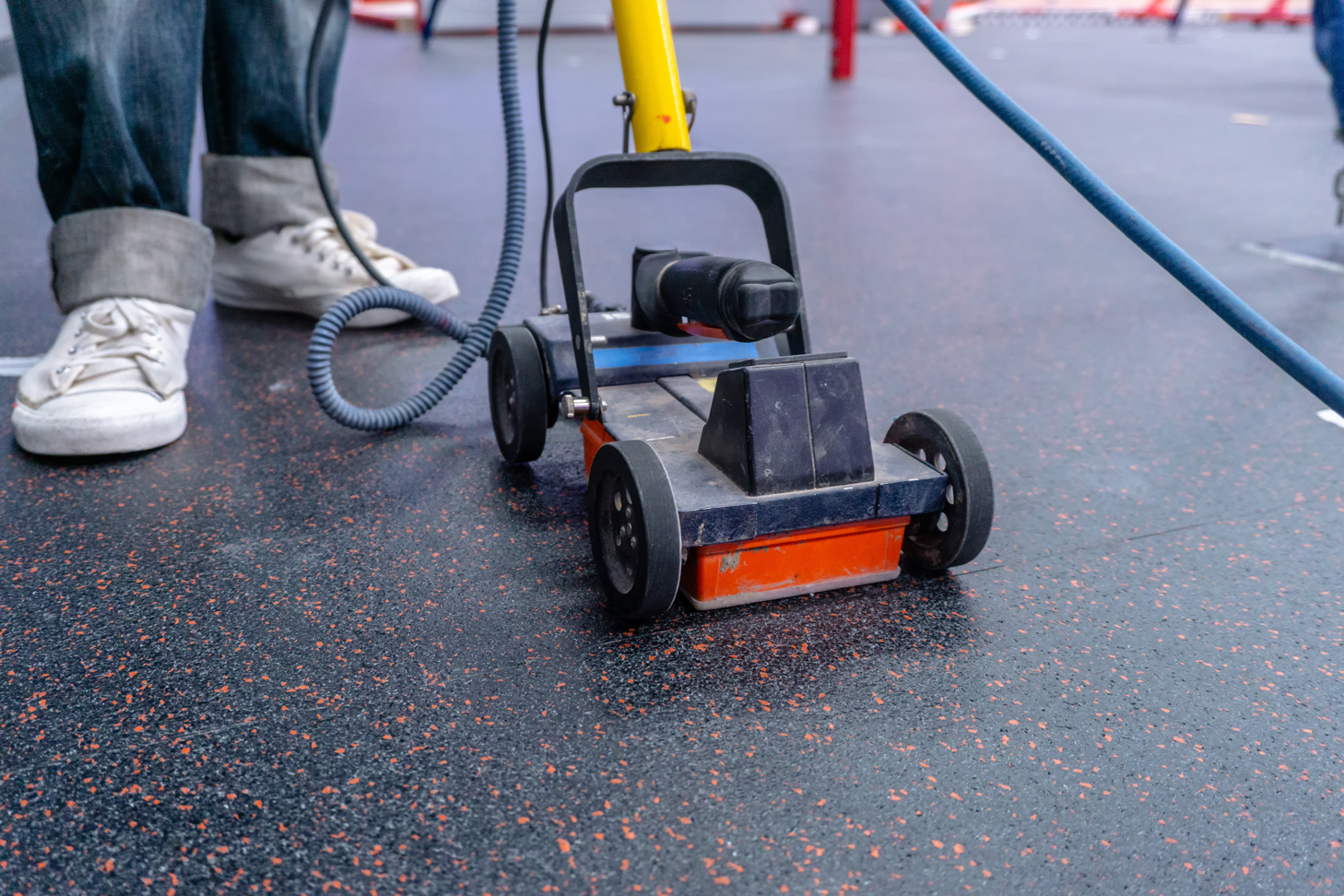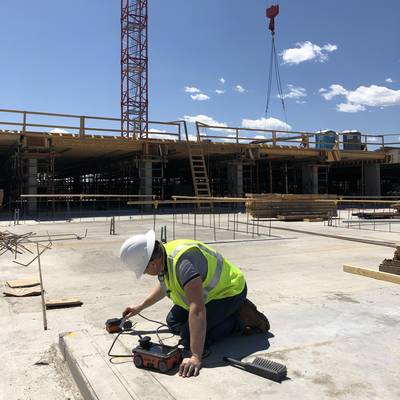Concrete Scanning: A Vital Action In The Direction Of Ensuring Structural Stability and Safety
In the world of building and construction and infrastructure maintenance, the significance of concrete scanning can not be overstated. This careful process holds the vital to revealing potential risks hidden underneath the surface area of seemingly strong structures. By utilizing advanced modern technology and methodologies, concrete scanning acts as a pivotal tool in making sure that the stability and security of structures and bridges are promoted to the greatest standards. However, beyond its surface-level ramifications, the role of concrete scanning prolongs far much deeper than fulfills the eye.
Significance of Concrete Scanning
Concrete scanning plays a vital role in ensuring the architectural stability and security of buildings and facilities tasks. By utilizing sophisticated innovations such as ground-penetrating radar (GPR) and electro-magnetic induction, professionals can non-destructively check concrete structures to identify prospective flaws, gaps, ingrained items, and reinforcement layout. This process allows early discovery of abnormalities that can jeopardize the security of a framework, protecting against pricey problems and ensuring the security of passengers.
Prior to exploration, cutting, or coring into concrete, scanning assists identify the specific places of rebar, post-tension cords, and various other embedded components, minimizing the threat of accidental hits that could lead to structural weaknesses. Furthermore, concrete scanning help in top quality control by confirming the density of concrete covers and finding any type of disparities that may influence the total sturdiness of the structure.
Technology for Concrete Examination

Advantages of Very Early Discovery
Timely discovery of structural problems can significantly mitigate threats and make certain the durability of building and construction jobs. By identifying possible issues at an early stage in the building process, stakeholders can take positive measures to resolve problems before they rise into larger and more costly troubles. One of the vital benefits of early detection is the prevention of architectural failings, which can pose major safety and security risks and bring about job delays and monetary losses.
Moreover, early detection permits timely repairs and upkeep, which can assist prolong the life-span of the structure. By addressing problems without delay, construction teams can prevent costly repair services or perhaps the need for premature replacement of structural parts. This proactive approach not just saves time and money but also boosts the overall safety and security and sturdiness of the look at this website construction task.
Furthermore, very early detection can improve task planning and decision-making by supplying stakeholders with beneficial understandings right into the condition of the framework. Equipped with this details, project managers can make informed options regarding building materials, timelines, and methods, leading to extra reliable and effective job end results.
Making Certain Structural Stability
Ensuring the architectural stability of a building task is critical to its security and longevity. Concrete scanning plays a critical function in ensuring architectural stability by identifying prospective concerns such as voids, delamination, or reinforcement rust that might jeopardize the stability of the structure over time.
By making use of advanced scanning modern technologies like ground-penetrating radar (GPR) and electro-magnetic induction, construction experts can non-invasively inspect concrete structures to determine areas of concern beneath the surface. This positive method permits the very early discovery of weak points or issues, enabling punctual repair work or reinforcement to stop structural failings.
Normal concrete scanning during different building phases and throughout the life process of a framework can help maintain its stability, minimize dangers, and make certain the security of owners. By prioritizing architectural security with concrete scanning, building tasks can boost their durability and sturdiness, eventually adding to higher safety and longevity.
Preventing Essential Failures
Executing routine evaluations, such as concrete scanning, can disclose covert problems like spaces, cracks, or deterioration that might compromise the honesty of a framework. By making use of innovative scanning technologies like Ground Permeating Radar (GPR) or Concrete X-ray, engineers can non-destructively analyze the problem of concrete and identify weak factors that need reinforcement or repair.

Conclusion
Finally, concrete scanning plays a crucial role in ensuring structural honesty and safety and security by utilizing innovative innovation for early discovery of possible problems. This positive strategy assists avoid critical failures and makes sure the stability of structures. It is important to focus on concrete assessment as a conventional practice to safeguard the longevity and safety of structures and facilities.
Concrete scanning plays a crucial role in making sure the structural integrity and security of structures and facilities projects. Additionally, concrete scanning aids in top quality control by verifying the thickness of concrete covers and identifying any inconsistencies that may impact the overall longevity of the structure. Concrete scanning plays a crucial duty in guaranteeing structural security by identifying possible problems such as spaces, delamination, or reinforcement deterioration that might endanger the honesty of the framework over time.

In final thought, concrete scanning plays an important duty in making sure architectural integrity and safety and security by using sophisticated innovation for early detection of possible problems.